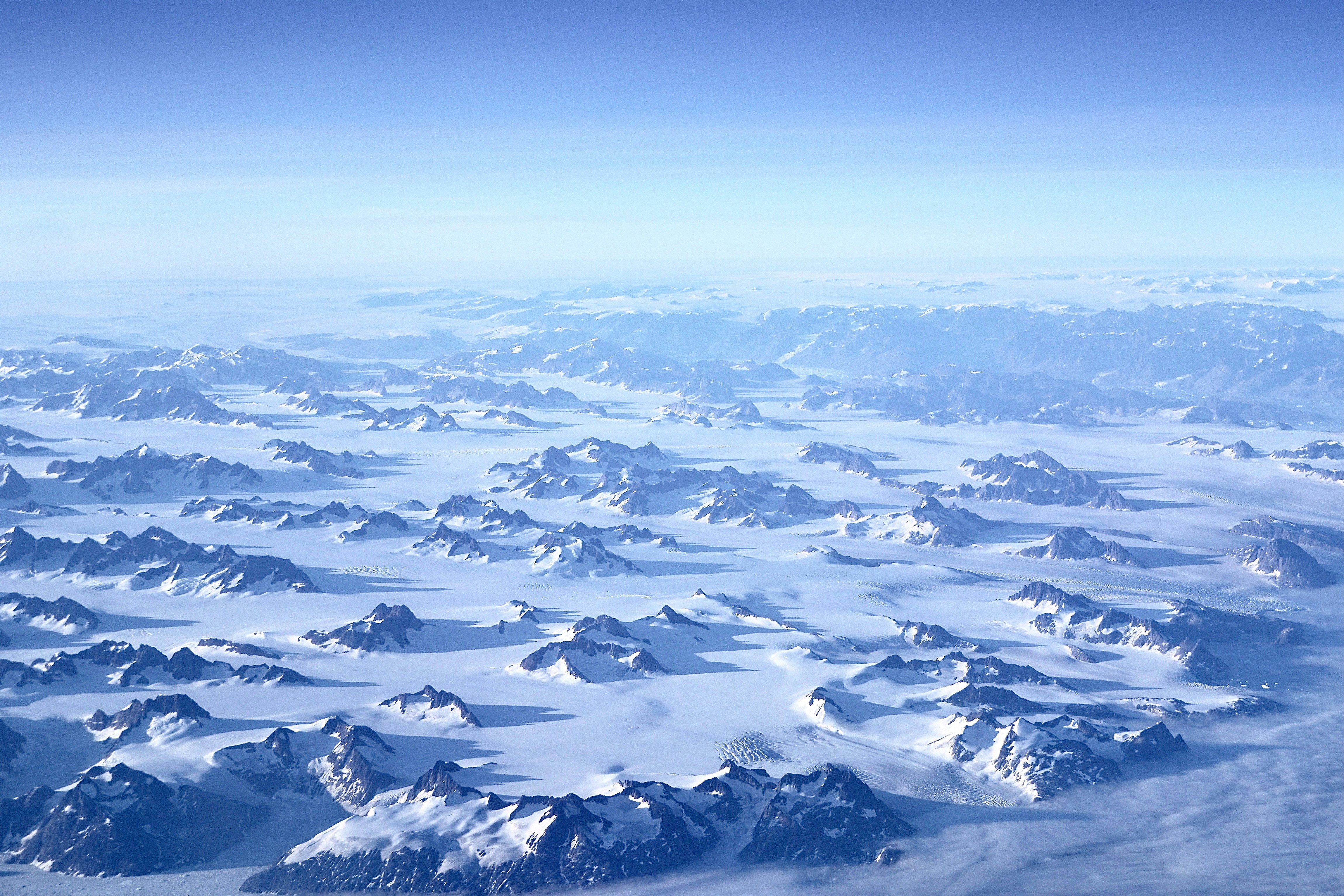
Image - Meina Yin
On the 20th of September, the ‘Istanbul Bridge’ vessel departed from Ningbo-Zhoushan port in China, stopping at four other Chinese ports before navigating the Arctic to reach the ports of Europe. This is the most recent in a number of China’s endeavours to expand its presence in the Arctic, a relatively untouched region of the world, but why is it of interest and what consequence could it have on the international order.
The shipping lane comes under the Chinese Communist Party's (CCP) goal of creating the ‘Polar Silk Road,’ A new trade route connecting China and Europe via the Arctic, which seeks to increase the speed and quantity of trade, in turn lowering costs. In doing so, China can cut the journey time from the typical 30 days via the Suez Canal, the most common route for western bound Chinese trade, to a mere 18 via the arctic. While only a seasonal shipping route, with the Arctic’s frozen nature making the journey impossible, China is keen to take advantage of the trade opportunities that the Arctic now offers.
As mentioned, the ‘Istanbul Bridge’ is the most recent in a series of Chinese vessels in recent years to use this shipping route. But where previous journeys have involved a singular port in Europe, the ‘Istanbul Bridge’ is completing a more typical shipping route by stopping at the four ports in China but also in Europe at Felixstowe, Rotterdam, Hamburg, and Gdansk.
In addition to this new trade route, China has been gradually building up its Arctic presence with research stations in various areas of the Arctic and ports alongside the Russian coast. This comes since its 2018 proclamation that it was a ‘near-arctic state’, creatively forcing their way into discussion on the arctic, which the CCP suggests is because China ‘supports and encourages research activities in the Arctic’. So, is China’s new ‘Polar Silk Road’ and an increasing arctic presence purely driven by a desire for economic and climate research progress that benefits for all?
Often discussion on China’s Arctic ambition is tied to the CCP’s comments of becoming a ‘great polar power’ which would certainly suggest a greater political and military implication, but an expansion of political and military capabilities is hardly out of step with current Chinese grand strategy and the arctic provides acute benefits to China.
Firstly, the creation of a ‘Polar Silk Road’ would rid China of the ‘Malacca dilemma.’ This references the issue of the shipping lane, the Malacca straight, which connects the South China Sea and the Indian ocean, serving as China’s dominant route of travel for trade, and could become a chokepoint in the event of a war with the U.S and NATO, causing China considerable economic damage. By circumnavigating this, China creates an alternative route of trade while also limiting US war strategies in the event of such a scenario. While certainly giving reason for ulterior motives in the Arctic, given the previously discussed limitations for year-round traffic in the arctic it is unlikely China could divert the Malacca dilemma without a great financial loss.
But to add further reason for concern, a Harvard report released earlier this year found that China’s build up of ports and research stations could serve a ‘dual-purpose’ allowing for the capability to home military assets in the Arctic which coincides with increasing Chinese air and naval activity in the region in recent years. Suggesting that China could eventually seek to create a similar scenario in the Arctic as seen in the South China sea, constant maritime disputes, heavy militarisation, and further exhaustion of the required U.S Navy presence.
If China do achieve their goal of becoming a ‘great polar power’ they would in turn be expanding their sphere of influence into the Arctic, in addition to their growing political leverage in Asia and Africa, and provides further opportunity for China to fulfil its long-term strategic goal of overcoming the US and becoming the singular global power, shaking up the international status-quo.
Plenty of reason has been provided here as to why this issue is so pressing, but this is only one vessel and hardly puts a dent in changing the world of maritime trade. It is also important to emphasise that while yes, China seeks to become a ‘great arctic power’ it is not yet and the same Harvard report suggested that most of Chinese proposed projects in the arctic has either been shelved or scrapped completely. A thought must also be given to the environmental issues that arise, further damage to the arctic is good for no one in the long run, including China, and whilst this doesn’t seem to be at the top of the CCP’s priorities, to abuse possible economic and political advantages that arise in the Arctic would be nonetheless foolish and counterproductive.
So as China’s arctic ambitions continue to push the boundaries of what is possible in the region, will journeys like the one the ‘Istanbul Bridge’ is undertaking soon become pioneers of a commonplace shipping route and change the economic and political capabilities of China? Whilst perhaps not a development that makes much difference today, the changing geography of the Arctic means it plays an ever-greater role in geopolitics and China is first in line to take advantage.
Cormac is a 3rd year Politics and International Relations student at the University of Surrey. His main interests are in the politics of China and the UK.